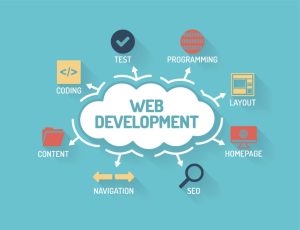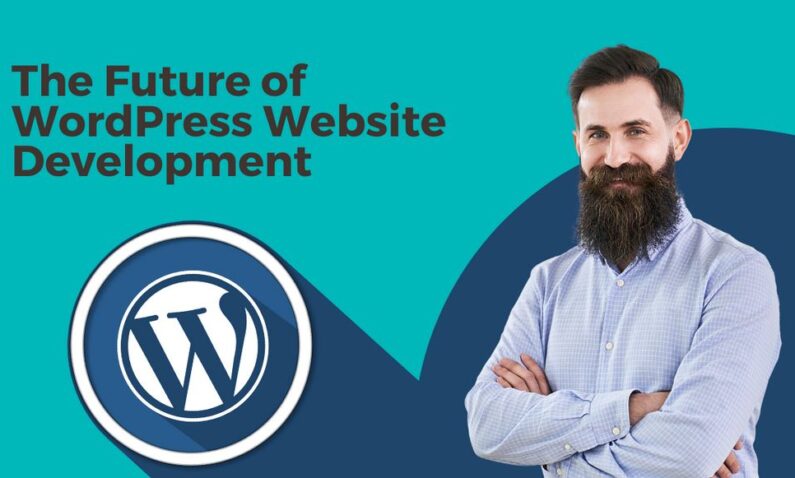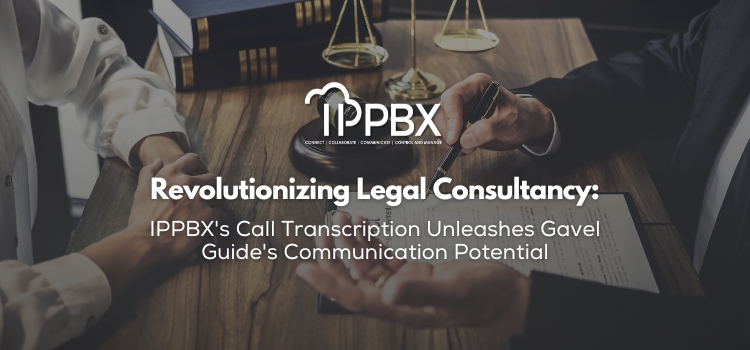Introduction
WordPress powers more than 40% of all websites on the internet, and its journey is far from over. As technology evolves, so does the WordPress ecosystem. New tools and methods make sites faster, more secure, and easier to manage. From the block-based editor Gutenberg to AI-driven design assistants, developers and site owners are gaining powerful ways to craft engaging online experiences. In this article, we’ll explore the cutting-edge advancements in WordPress web development, show how they benefit your site, and offer practical steps to embrace these innovations today.
Evolution of WordPress Development
WordPress began in 2003 as a simple blogging platform. Over time, it transformed into a full-featured content management system (CMS). Key milestones include:
- Custom Themes and Plugins (2005–2010): Developers built thousands of themes and plugins to extend WordPress’s core functionality.
- REST API Introduction (2016): This opened the door for headless WordPress and integration with third-party apps.
- Gutenberg Block Editor (2018): Replaced the classic editor with a flexible, block-based design system.
Each phase showed the community’s ability to adapt. Now, we stand on the brink of even more dramatic changes.
Key Advancements in WordPress Web Development

1. Gutenberg and Full-Site Editing
Gutenberg offers drag-and-drop blocks for text, images, and complex layouts. Full-site editing takes this further, letting you customize headers, footers, and templates without code. This shift:
- Speeds up design workflows
- Reduces reliance on page-builder plugins
- Empowers non-technical users to build pages easily
2. Headless WordPress
Headless WordPress decouples front end from back end. Developers use the REST API or GraphQL to fetch content and display it via React, Vue, or other frameworks. Benefits include:
- Ultra-fast loading times
- Greater design flexibility
- Improved security through separation
3. Progressive Web Apps (PWAs)
Turning a WordPress site into a PWA adds app-like features:
- Offline access
- Push notifications
- Home-screen icons
With plugins like PWA for WP & AMP, you can boost engagement and user retention without rewriting your entire site.
4. AI and Machine Learning Integration
AI tools are changing how we build and optimize:
- Content Generation: AI writers draft post outlines and suggest headlines.
- Image Editing: Plugins can auto-optimize images for size and quality.
- Chatbots and Virtual Assistants: Enhance customer support directly on your site.
5. Enhanced Performance and Caching
Speed remains crucial for SEO and user experience. New tools include:
- Server-Side Caching: Solutions like Redis object cache reduce database calls.
- Edge Caching: CDNs such as Cloudflare and AWS CloudFront serve content from locations near visitors.
- Lazy Loading and Image Optimization: Built into WordPress core, these features delay off-screen images until needed.
Benefits of Embracing New Technologies
Adopting these advancements unlocks clear advantages:
- Better User Experience: Faster load times and smoother interactions keep visitors engaged.
- Increased Security: Decoupled architectures and up-to-date plugins reduce vulnerabilities.
- Easier Maintenance: Block-based templates and AI-driven tools cut down on manual design work.
- Future-Proof Sites: Staying current ensures compatibility with emerging browsers and devices.
- Higher Conversions: Improved site speed and interactive features can boost sign-ups and sales.
How to Get Started Today
- Update WordPress Core and Plugins: Always run the latest stable versions to access new features and security fixes.
- Experiment with Gutenberg: Create a test site to learn full-site editing and custom block creation.
- Try a Headless Setup: Use a plugin like WPGraphQL to link your content to a JavaScript front end.
- Implement Performance Tools: Install caching plugins (e.g., WP Rocket) and set up a CDN to speed up your site.
- Explore AI Plugins: Look into tools like Jetpack AI Assistant or Yoast SEO’s AI features for content help.
By taking small steps, you can gradually transform your site without risking stability.
Spotlight: A Real-World Example
Consider “GreenGrow,” an eco-blog that migrated to a headless WordPress setup last year. Their steps:
- Decoupled Front End: They used Next.js to build a fast, PWA-like interface.
- Integrated AI SEO: Yoast’s AI suggestions helped optimize past articles, increasing organic traffic by 25%.
- Edge Caching: Implemented Cloudflare, cutting average page load time from 3.2 seconds to 0.8 seconds.
These changes led to a 40% boost in user engagement and a 15% rise in newsletter sign-ups—all within three months.
Future Outlook for WordPress
The road ahead is exciting:
- Voice-Activated Navigation: Voice assistants could help users browse blogs and shops hands-free.
- Augmented Reality (AR): WooCommerce might support AR previews, letting customers “try” products virtually.
- Deeper AI Insights: Predictive analytics will recommend content and products tailored to individual visitors.
- Stronger Ecosystem Standards: Block directory and pattern libraries will grow, making high-quality designs available off the shelf.
By keeping an eye on these trends, you can position your site at the forefront of the web.
Conclusion
The future of WordPress web development is here. From Gutenberg’s block editor to headless architectures and AI-powered tools, these advancements make sites faster, more secure, and easier to manage. By embracing Progressive Web Apps, enhanced caching, and new design methods, you can deliver a top-notch user experience—today and tomorrow. Start by updating your site, testing new plugins, and exploring headless options. With a step-by-step approach, you’ll harness the power of modern WordPress and stay ahead in a competitive online world. The future is now—seize it and watch your website thrive.










